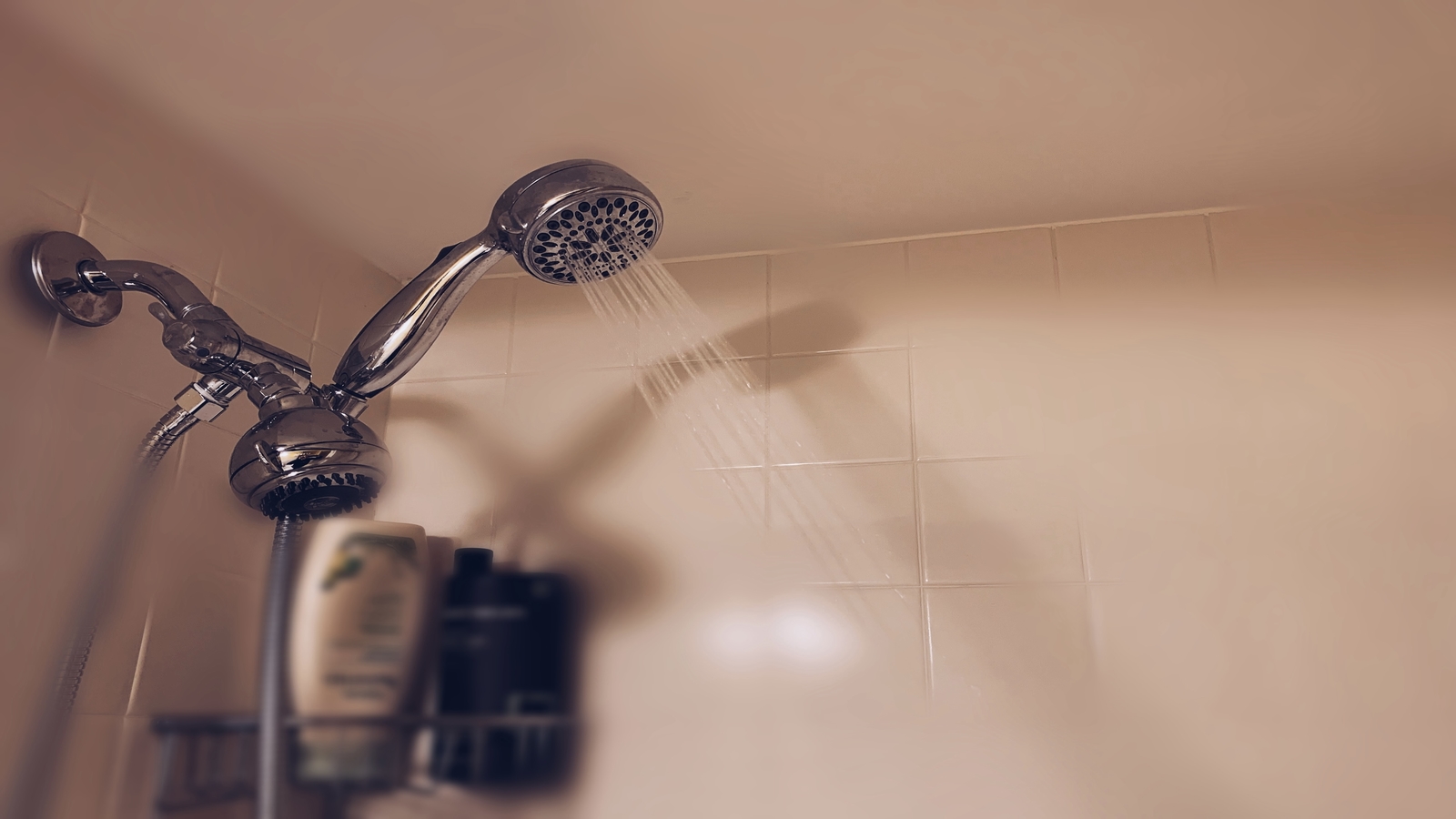
Tell the Department of Energy: Reduce pollution from water heaters
Hot water to keep ourselves, our clothes and our dishes clean shouldn't pollute our air and warm our planet.
Energy Conservation & Efficiency
Families and businesses in states phasing out sale of common fluorescent bulbs on track to save $2 billion on energy costs by 2050.
With five states joining California and Vermont in enacting laws that will end the sale of most fluorescent light bulbs, new analysis by the Appliance Standards Awareness Project (ASAP) lays out the environmental and health benefits of the growing clean lighting movement.
According to ASAP, families and businesses in Hawaii, Colorado, Oregon, Rhode Island, and Maine will save $2 billion in utility bills by 2050 and have reduced risk of mercury exposure, thanks to new laws that phase out the sale of common fluorescent light bulbs.
In total, the 7 states that have enacted the policy will see approximately 5,675 gigawatt hours in electricity savings in the year 2030, enough to power more than 725,000 households. Their action will also prevent the release of approximately 11.6 million metric tons of carbon dioxide by 2050, about as much climate pollution as comes from about 2.5 million gasoline-powered vehicles driven for one year.
““LED bulbs last longer than fluorescents, waste less energy and don’t contain toxic mercury,” said Johanna Neumann, Senior Director of the Campaign for 100% Renewable Energy at Environment America. ”When we know something can hurt our families and communities, sometimes we don’t have a simple solution, but in this case we do. We can stop selling fluorescent bulbs and switch to LEDs.”
In the coming months, countries will have the opportunity to support a global phaseout of fluorescent light bulbs during an international summit on the Minimata Convention on Mercury and in 2024, more state legislatures will have the opportunity to enact clean lighting legislation to protect public health and the environment.
Hot water to keep ourselves, our clothes and our dishes clean shouldn't pollute our air and warm our planet.
Send a comment
